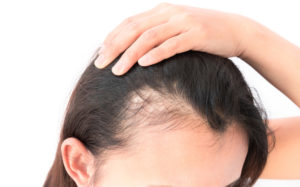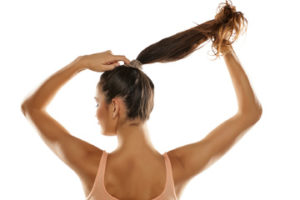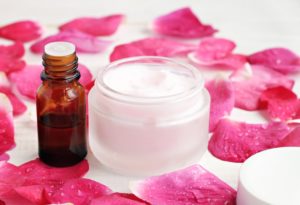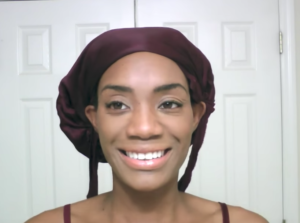When it comes to hair loss, a lot of people look at genes, stress or the kind of hair products used as the major factors causing the condition. Although this may be true for some, other forms of hair loss have nothing to do with these three aspects at all. One such condition is called traction alopecia.



Understanding Traction Alopecia
Research would tell you that traction alopecia is a form of gradual hair loss where the primary cause is any form of pulling force applied to hair. This pulling force is mainly due to the kind of hairstyles people wear. Tight ponytails, for example, are a perfect example. Some who suffer from traction alopecia also admit to wearing tight braids or pigtails often.
Although the condition is common among those who have kinky, wavy or curly hair, it can affect all hair types. The mere weight of longer hair can pull the hair back and lead to hair loss as well.
Men are also among those who may suffer from traction alopecia. You see a lot of guys wearing braids, cornrows or dreadlocks. The tension that their scalp and hair experiences leads to the same condition.
This type of hair loss does not happen only around the hairline. In reality, traction alopecia may also affect the area from the back of the ear all the way to the back of the head. Some even lose hair around their crown and middle areas of the head.
Stimulating Hair Growth
When you first realize that you have traction alopecia, it’s normal to panic and wonder about whether your hair is going to grow back or not. Relax. There are a lot of natural ways to stimulate hair regrowth.
To help your hair grow back again, here are a few tips:
1.) Stop using the same hairstyle.



No matter how cute or comfortable a particular style is for you, it might not be the best for your hair. Avoid slicking your hair back. Don’t wear hair extensions or put your hair in tight ponytails.
Your hair and scalp need a break from whatever has caused your hair loss in the first place. You can’t expect effective hair regrowth if you keep going back to the culprit. If you don’t change your hair habits it could result in scarring alopecia. In this case, you do not only lose your hair, you may end up with scars on your scalp and permanent hair loss.
2.) Stimulate your hair follicles.



One great way to encourage your hair to grow back again is to stimulate the area around your hair’s roots. Massage the affected areas. You can also use natural products for this purpose. There are different scalp balms you can use.
To make the process more effective, you can get a bit of scalp balm, mix a couple of drops of natural peppermint oil into it, then massage it around the affected areas for a good minute or two. It’s also best that you do this routine at night when your body is able to focus on healing.
3.) Cover your hair at night.



Lying against your bed or pillow causes friction – another thing that contributes to further hair loss. This also means that all the natural oils your body release on your scalp goes to your sheets and pillows. This will dry up your hair and scalp and make your hair brittle and thin which is why we recommend covering your hair at night.
It may be discouraging to see your hair going away little by little. But the real trick here is to just keep going and never give up. There have been people told by doctors that they’ll never get their hair back but through consistent care they’ve been able to regrow a full head of hair. You could be one of these people.
_____
Have you overcome traction alopecia? We’d love to hear from you, comment below!








hey